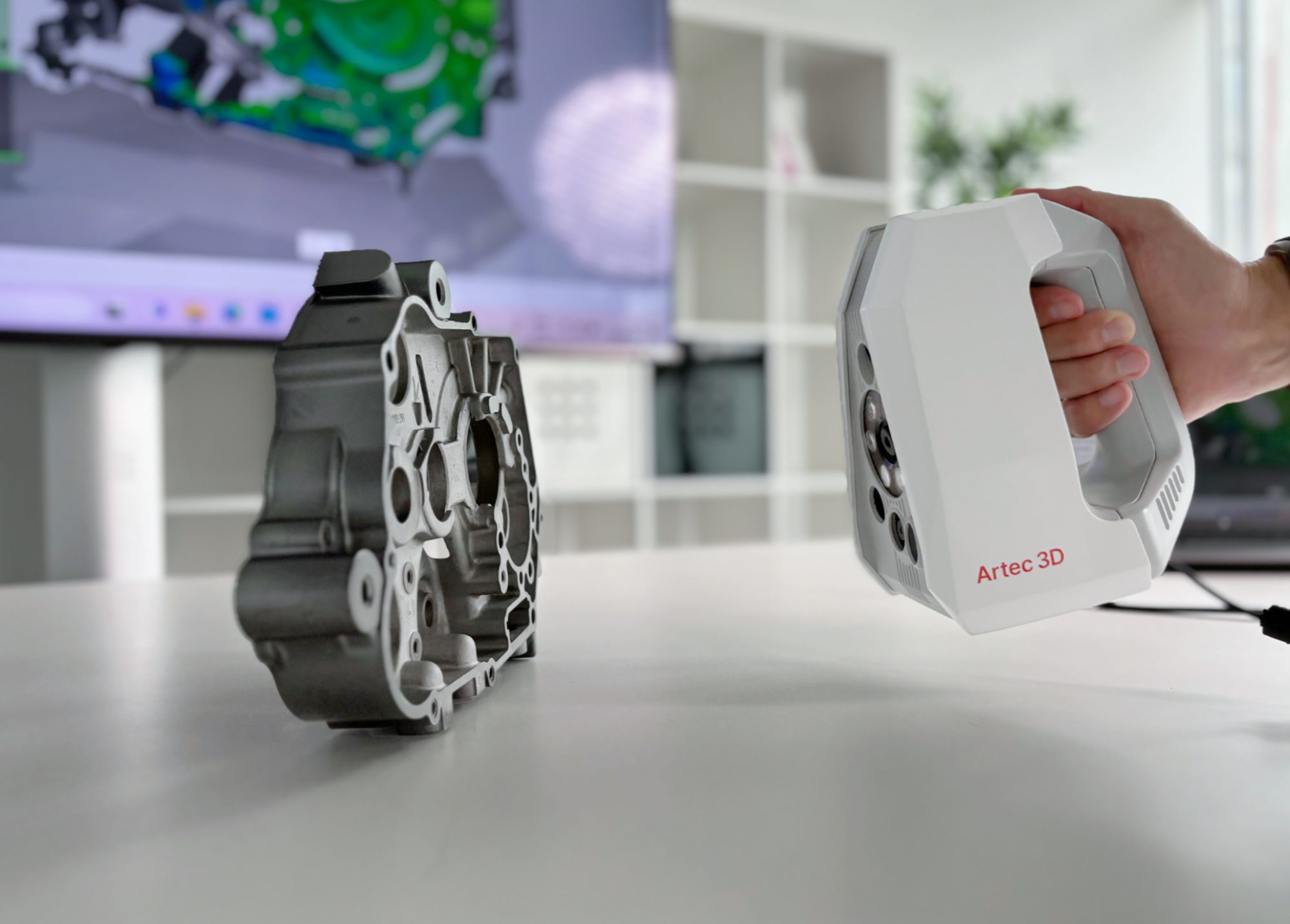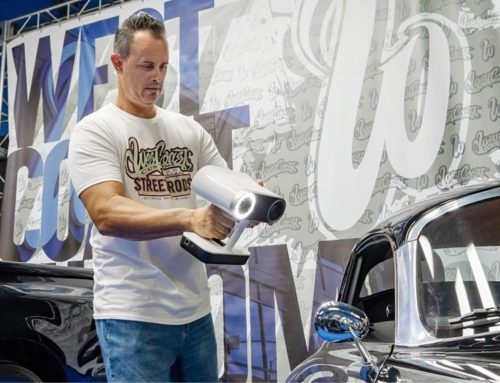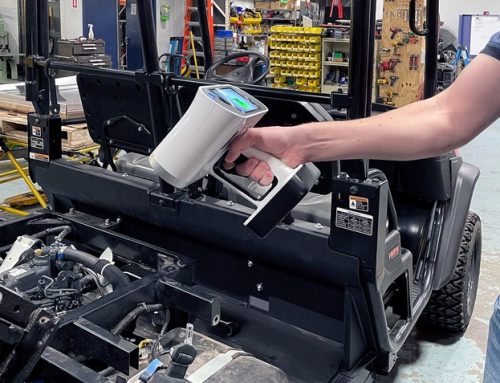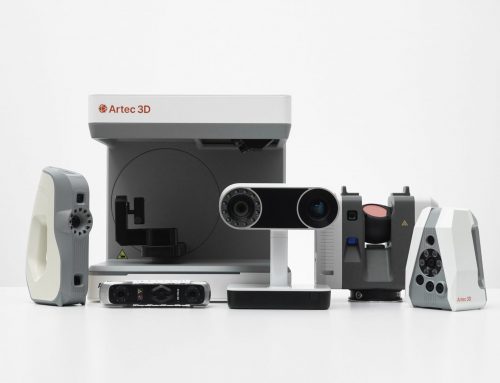How Scanning + Printing Completes the Loop
In modern manufacturing, speed, accuracy, and adaptability are everything. The ability to move seamlessly between the physical and digital worlds has become a competitive advantage. Enter the scan-modify-print workflow. A complete digital manufacturing loop that enables engineers, designers, and technicians to reverse-engineer, improve, and reproduce parts faster than ever before.
This process brings together two powerful technologies: 3D scanning and 3D printing. Together, they form a feedback loop that transforms real-world objects into precise digital models, and back again into physical parts, with incredible efficiency.
Step 1: Scan – Capturing the Real World
Every workflow begins with understanding what you have.
A 3D scanner captures the exact geometry of an existing part, tool, or surface. Whether you’re working with a worn component, an obsolete spare, or a custom tool, scanning delivers an accurate digital twin in minutes.
High-resolution scanners (like the 3D scanners sold by Mark3D) capture millions of data points to create a point cloud or mesh. This scan data forms the foundation for modification or reproduction.
Common scanning applications include:
- Reverse engineering legacy parts
- Quality inspection and dimensional validation
- Digital archiving of tooling or fixtures
- Creating custom jigs and fixtures
Step 2: Modify – Designing and Improving in the Digital Space
Once scanned, the mesh data can be imported into CAD software for modification. Engineers can use the scan as a reference or directly convert it into a parametric model for further design work.
This step is where innovation happens. You can:
- Repair damage or wear digitally
- Redesign a part to reduce weight or add strength
- Integrate complex geometries for better performance
The result is a digitally optimised part, ready for production.
Step 3: Print – Bringing It Back to Life
The final step closes the loop: 3D printing the modified or recreated part. Using industrial-grade materials such as carbon fibre, Onyx, or metal (via Markforged’s Metal X system), the new component can be stronger, lighter, and more reliable than the original.
This is where the physical world and digital innovation merge, taking what once existed, improving it, and recreating it with advanced materials and design freedom.
Benefits of printing in-house include:
- Shorter lead times
- Reduced dependence on suppliers
- Lower costs for small-batch or custom parts
- Rapid iteration and testing
Why the “Scan-Modify-Print” Loop Matters
The combined workflow allows teams to iterate faster, eliminate guesswork, and reduce downtime. instead of sending parts out for reproduction or waiting weeks for tooling, you can have a functional replacement within hours.
It’s particularly valuable for:
- Maintenance, Repair, and Overhaul (MRO)
- Tooling and fixturing in production lines
- Low-volume or legacy part reproduction
- Prototyping and R&D
As companies move toward digital transformation, this workflow embodies the future of manufacturing – data-driven, agile, and sustainable.
From Physical to Digital to Physical: The Complete Loop
When combined, scaning and printing create a continuous improvement cycle. You can measure, analyse, redesign, and reproduce parts indefinitely, each time learning from the data and making improvments.
This “closed loop” is what sets apart modern manufacturers who are embracing Industry 4.0 principles.
At Mark3D, we help companies build this workflow by integrating Markforged additive manufacturing systems with leading 3D scanning technology from Artec, enabling a smooth bridge between the physical and digital worlds.
Ready to Build Your Own Digital Manufacturing Loop?
Whether you’re looking to reverse-engineer parts, optimised design, or simply speed up production, Mark3D can help you integrate 3D scanning and printing into your workflow.
Contact us today to learn how a combined scan-modify-print process can transform your business.









Leave A Comment